Download Lesson Pack
Storytime: "Swoosh, Glide, and Rule Number 5"
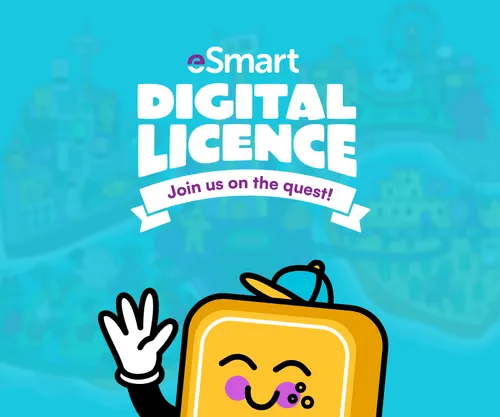
Child Safeguarding Statement
Some resources and activities may prompt a child to remember and potentially share an experience of harm. Make sure you’re familiar with your school's safeguarding policies and procedures so you can confidently report safety and well-being concerns.
Prepare students for the session by discussing: their right to be safe and respected; what to do if discussing online safety makes them feel uncomfortable or unsafe; and how to seek help if they feel or have felt unsafe. Use this resource available on the website.
Storytime: "Swoosh, Glide, and Rule Number 5"
Students learn online safety through 'Swoosh, Glide, and Rule Number 5' story time, addressing internet use with family and friends.
Lesson details
Contact
About this Risk Area
When potentially harmful contact is initiated by others online, including strangers who may pose risks such as exploitation or identity theft.
Example topics:
- Online privacy and security practices, including setting strong passwords and managing privacy settings.
- Recognising and responding to online threats, such as phishing scams and identity theft.
- Establishing boundaries for online interactions and understanding the risks of sharing personal information online.
- Seeking help and reporting inappropriate or harmful online behaviour to trusted adults or authorities.
The resources for this risk area support learning in relation to safe online communication, privacy settings, and establishing boundaries for interacting with others on the internet.
Note: You can find all the materials for this story time activity free on the eSafety Commissioner website. This includes the e-book, videos with sign language interpreters, and more
In this activity, we'll read a story called "Swoosh, Glide, and Rule Number 5" about two friends who have a sleepover with their cousins. While they're using screens, some unexpected things happen, and they have to make good choices about using the internet safely.
Learning Intentions
Learning intentions & success criteria
Learners will:
- Learn to spot situations online where our personal information and privacy might be in danger.
- Find out what to do when something unexpected or scary happens on a screen, and who to ask for help.
These intentions are evidenced when learners can:
- Identify at least one online situation where their personal information or privacy might be in danger, demonstrating an understanding of potential risks.
- Articulate at least one action to take when they encounter something unexpected or scary on a screen, such as closing the app or website.
Educators will:
- Develop skills in using storytelling to engage learners in discussions about online safety.
- Guide learners in articulating appropriate actions to take when encountering unexpected or scary situations on screens.
These intentions are evidenced when Educators can:
- Ensure that learners actively engage with the story, participating in discussions about characters' choices and relating them to their own experiences.
- Observe that learners can articulate at least one appropriate action to take when faced with unexpected or scary online situations, demonstrating comprehension of safety measures.
Curriculum alignment
Australian Curriculum (Version 9.0)
The Australian Curriculum outlines the fundamental knowledge, comprehension, and abilities students are expected to acquire as they advance through the initial 11 years of schooling.
Foundation: General Capabilities
Manage Online Safety:
- Level 1: Use online tools that are safe or only under direct supervision, seeking help from trusted adults when feeling unsafe.
Foundation: Health and Physical Education
- AC9HPFP04: Explore how to seek, give or deny permission respectfully when sharing possessions or personal space.
- AC9HPFP05: Demonstrate protective behaviours, name body parts and rehearse help-seeking strategies that help keep them safe.
- AC9EFLE01: share ideas about stories, poems and images in literature, reflecting on experiences that are similar or different to their own by engaging with texts by First Nations Australian, and wide-ranging Australian and world authors and illustrators.
- AC9EFLE02: respond to stories and share feelings and thoughts about their events and characters.
- AC9EFLY02: interact in informal and structured situations by listening while others speak and using features of voice including volume levels.
- AC9EFLY05: use comprehension strategies such as visualising, predicting, connecting, summarising and questioning to understand and discuss texts listened to, viewed or read independently.
Year One: General Capabilities
Manage Online Safety:
- Level 2: Use online tools that are age appropriate or only under supervision, seeking help from trusted adults when feeling unsafe.
Year One: Health and Physical Education
- AC9HP2P04 : Practise strategies they can use when they need to seek, give or deny permission respectfully.
- AC9HP2P05: Identify and demonstrate protective behaviours and help-seeking strategies they can use to help them and others stay safe.
- AC9E1LE02: discuss literary texts and share responses by making connections with students’ own experiences.
- AC9E1LE03: discuss plot, character and setting, which are features of stories.
- AC9E1LY02: use interaction skills including turn-taking, speaking clearly, using active listening behaviours and responding to the contributions of others, and contributing ideas and questions.
- AC9E1LY05: use comprehension strategies such as visualising, predicting, connecting, summarising and questioning when listening, viewing and reading to build literal and inferred meaning by drawing on vocabulary and growing knowledge of context and text structures.
CASEL Framework
The CASEL Framework creates a foundation for applying evidence-based, Social and Emotional Learning (SEL) strategies both at school and in the broader community. Its aim is to support the cultivation of SEL skills and environments that advance students’ learning and development.
- Responsible decision-making: The abilities to make caring and constructive choices about personal behaviour and social interactions across diverse situations.
- Self-management: The abilities to manage one’s emotions, thoughts, and behaviours effectively in different situations and to achieve goals and aspirations.
My Time, Our Place – Framework for School Age Care in Australia
The aim of My Time, Our Place: Framework for School Age Care in Australia (the Framework) is to assist educators to provide children and young people with opportunities to maximise their potential and develop a foundation for successful lifelong learning. The Framework has been designed for use by approved providers and school age care educators working in partnership with children and young people, their families and the community, including schools.
Outcome 1: Children and young people have a strong sense of identity.
Children and young people feel safe, secure and supported.
This is exemplified when:
- Students identify situations when they might need to seek help online, and devise strategies and personnel they will go to in order to find support.



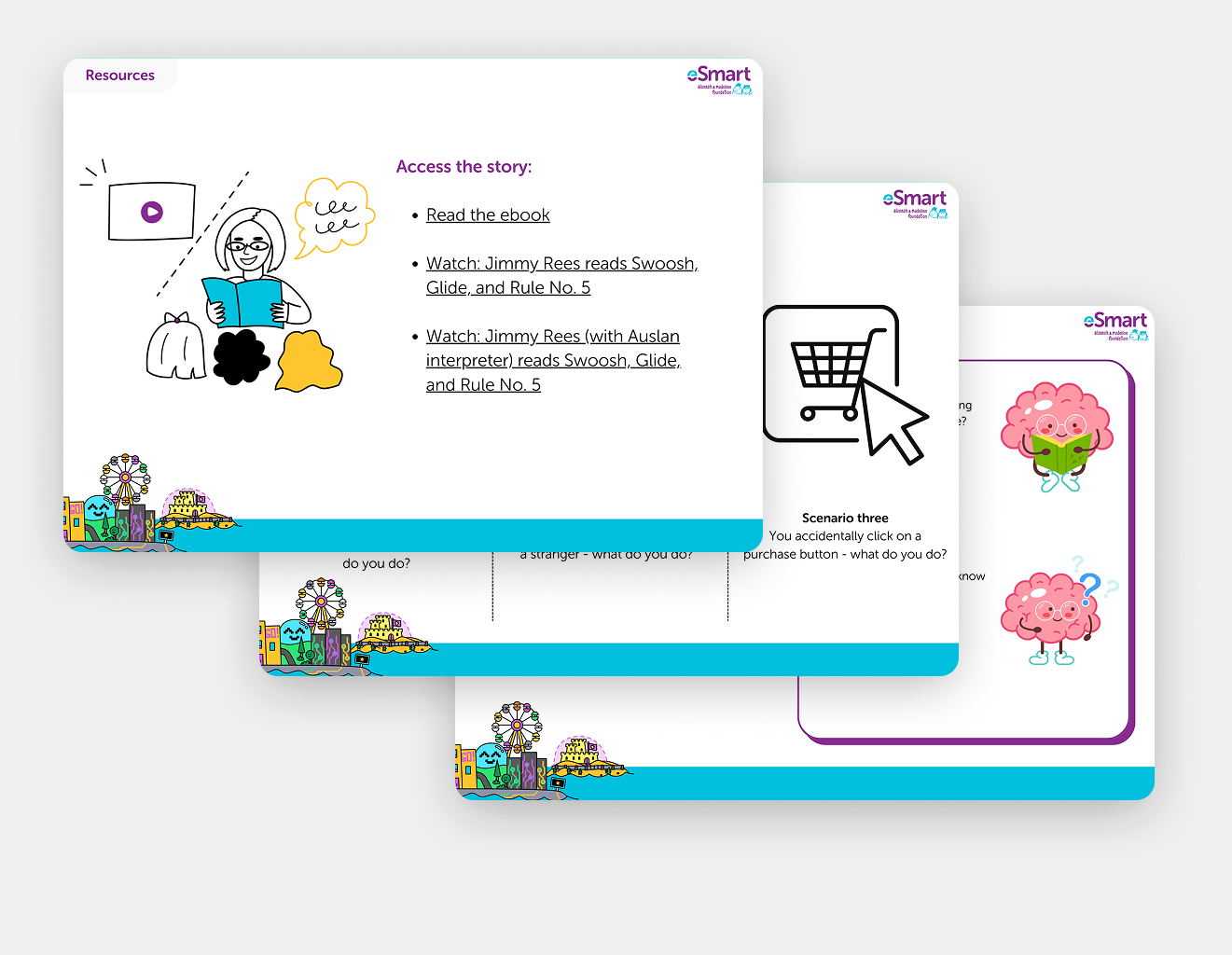
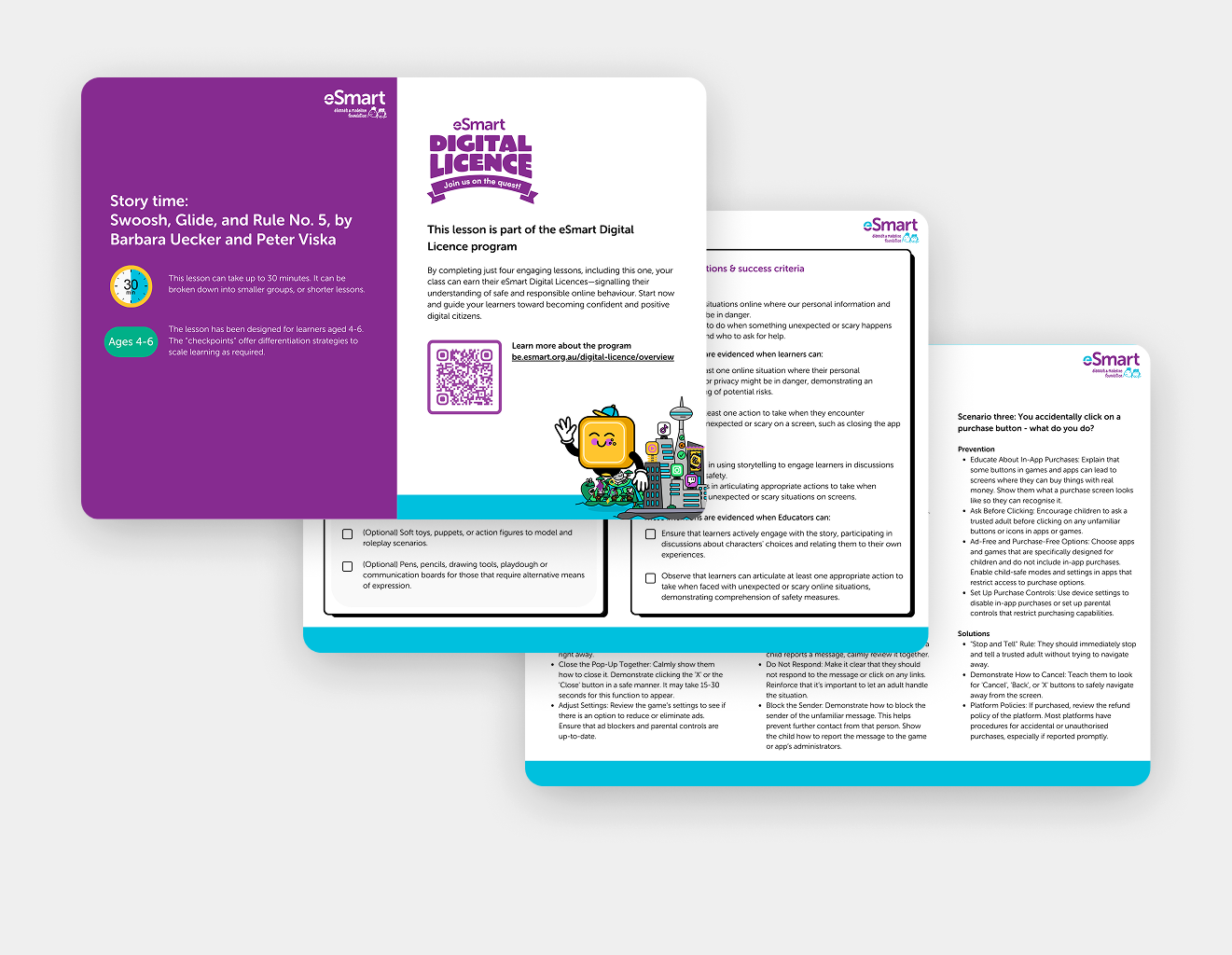
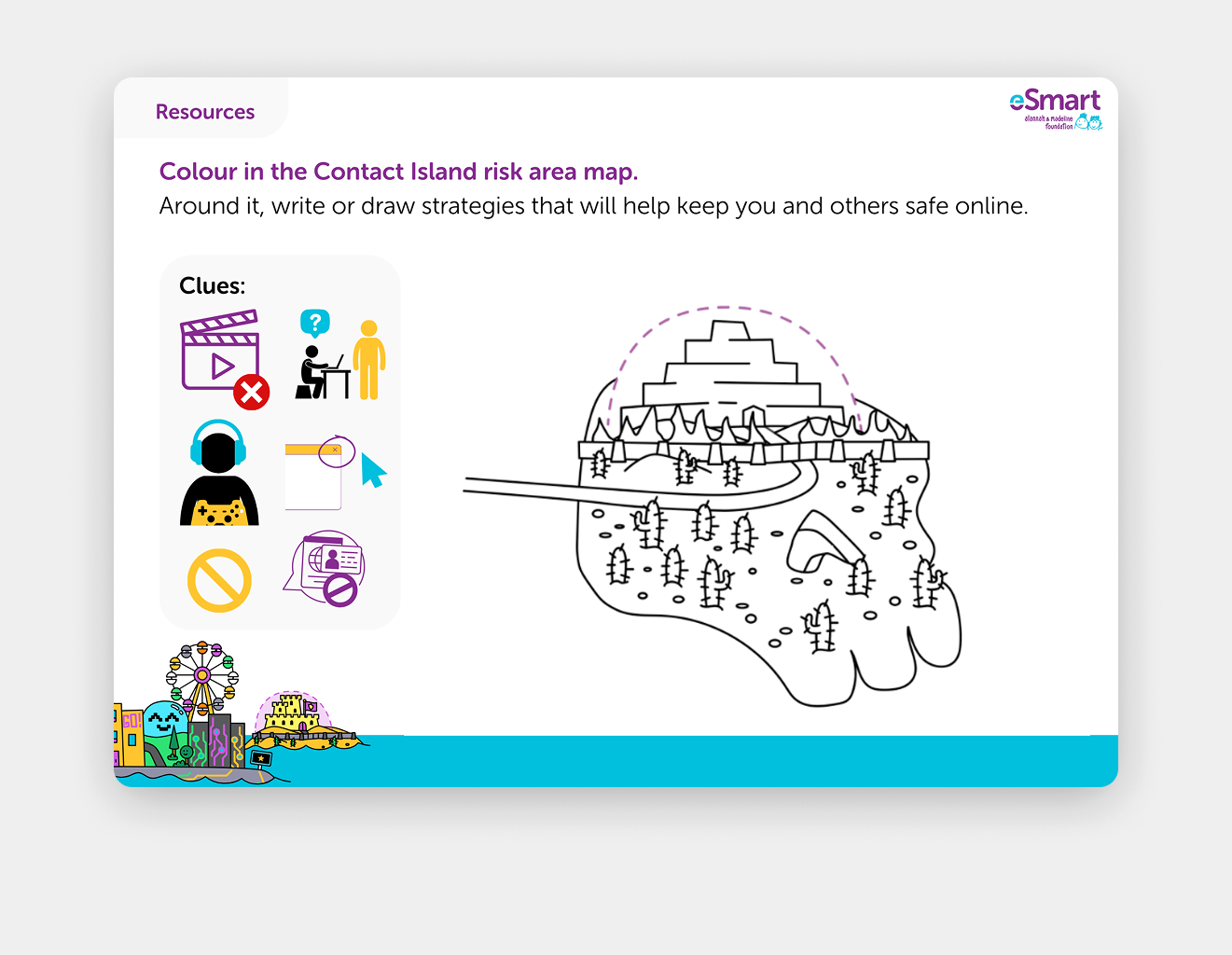
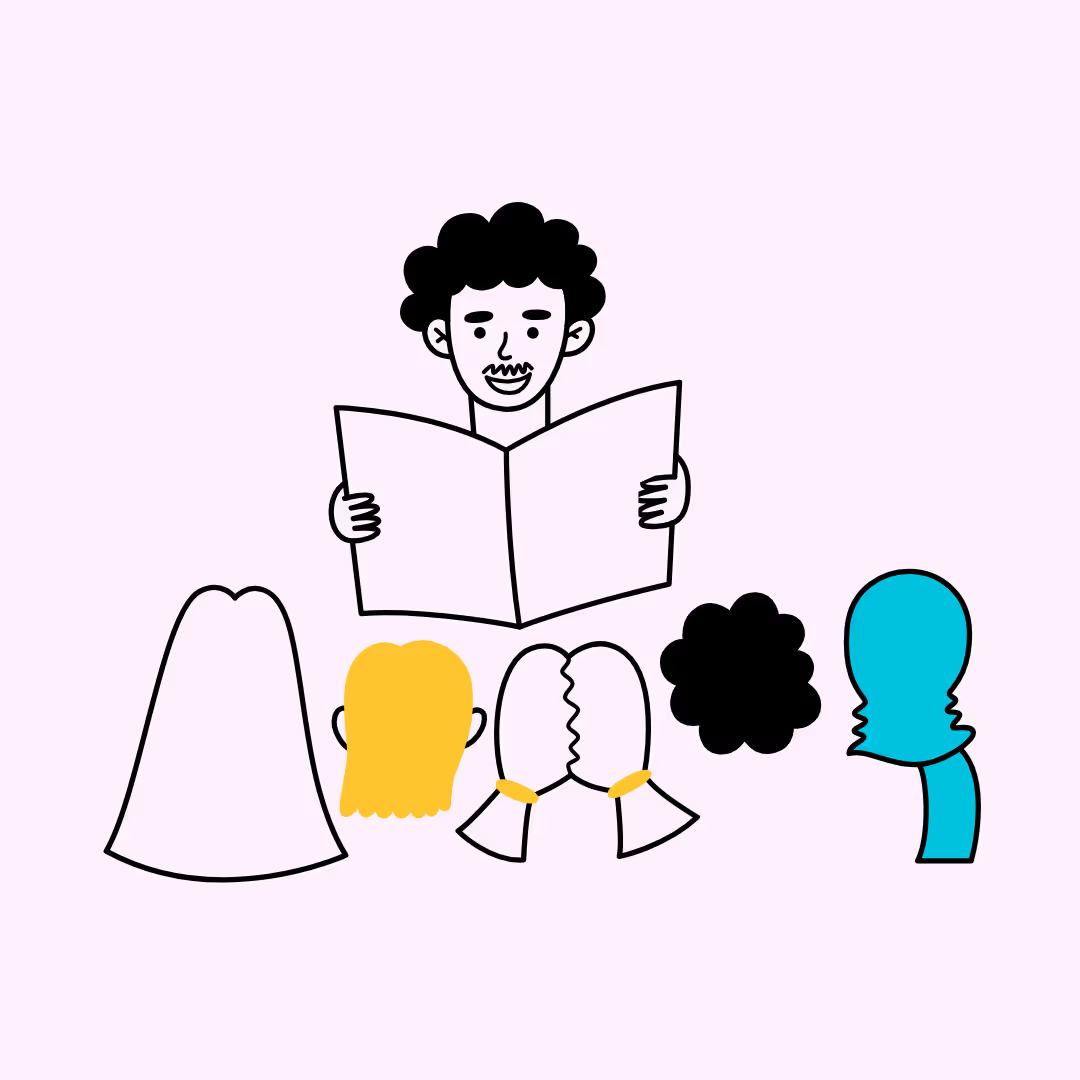
.avif)
